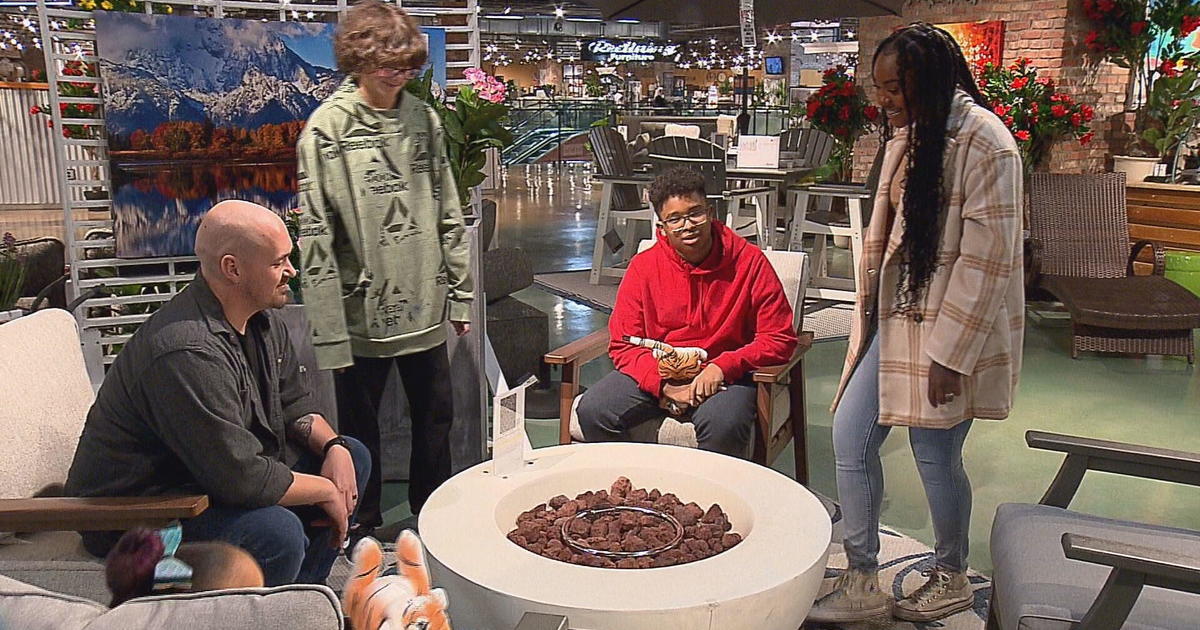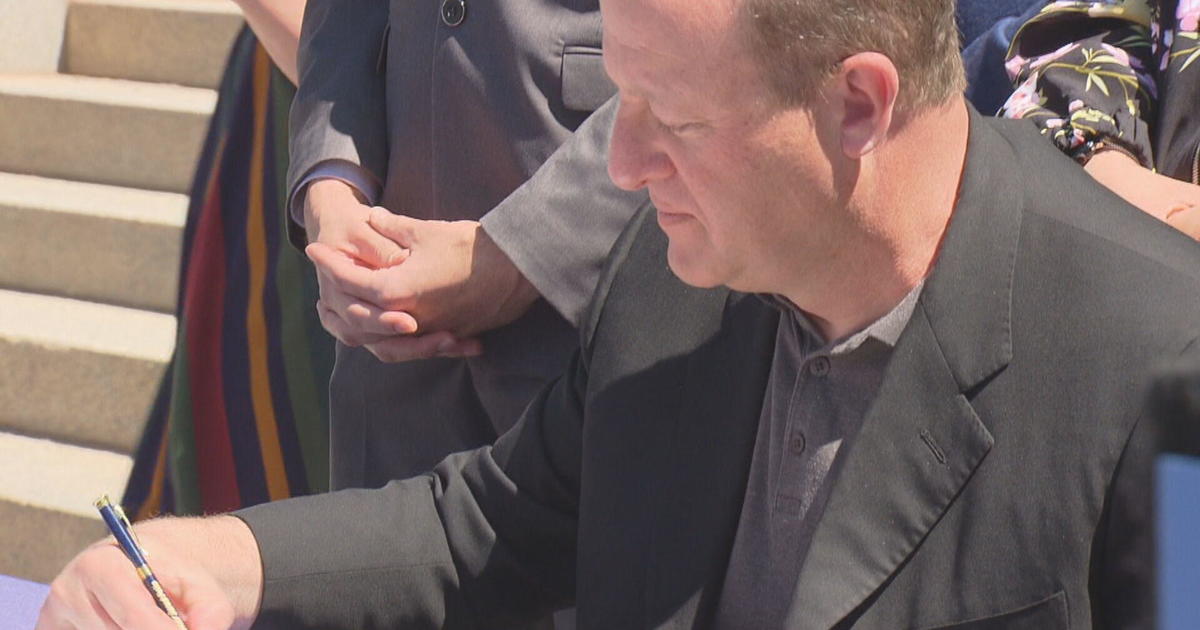You Don't Need More Than A Pinch
 You probably don't even think about them until one hits you or a loved one. Yet it's a problem that can that can quickly travel the road of inconvenience to health-threatening.
You probably don't even think about them until one hits you or a loved one. Yet it's a problem that can that can quickly travel the road of inconvenience to health-threatening.
Sure, nosebleeds. Not exactly on par with a natural disaster or war, but important enough to be scientifically studied and be the topic of a new report in the Journal of the American Medical Association - Otolaryngology.
The good news: 94 percent of these dripping nuisances can be easily cared for at home.
The bad: more than half of people don't know the right way to take care of them at home, and as a result, that simple annoying drip that stains your clothes can become a torrent that sends you to the ER.
The study first has three "Dont's".
1. Don't lie down or tilt your head back, unless you like the taste of blood as it makes its way down the back of your throat.
2. Don't go stuffing cotton or other objects up the guilty nostril -- it simply won't put enough pressure on the leak.
3. Don't put ice on the back of your neck, forehead, or bridge of the nose... or for that matter any other place, except maybe a cold drink when you're all done. Ice on body parts does nothing except make you chilled as you bleed on the furniture.
The Journal, with some advice from ENT specialists at Harvard Medical School, has some "Do's".
1. "Nod" your head forward. This keeps blood from going down the back of your throat.
2. Put your thumb on one side of your nose and your index finger on the other side, up near the bridge. Slowly slide them down to the sudden "drop off" where the bones give way to softer cartilage.
3. Pinch your thumb and forefinger together, and hold. Obviously, open your mouth so you can get enough O2 to survive your first aid.
4. Pinch with enough pressure to press both sides of your nose firmly against the septum -- the wall that divides the nostrils.
The septum is usually where the leak is coming from. Adjust the position of your fingers as necessary (in other words, did you squeeze the right place or do you need to GPS it a little higher or lower?)
5. Hold the pinch for a minimum of five minutes before you let go. DON'T cheat and sneak a peek to see if it's stopped. It takes at least that long for blood to clot. At five minutes, you can look -- and repeat the process if necessary.
If it all fails -- or you feel sick -- or if you have medical problems, then it's smart to get some help. Remember 94 percent success means 6 percent failure -- and you need a professional hand. Some people, say those on blood thinners or aspirin, should simply not self-doctor and go see the real deal more quickly.
Final thought -- prevention. With the cold winter upon us, the air is extra dry -- and that means more nosebleeds than any other time of year. So... a vaporizer, humidifier -- plus some saline (salt water) nasal spray -- should be a part of daily frozen weather regimen.



